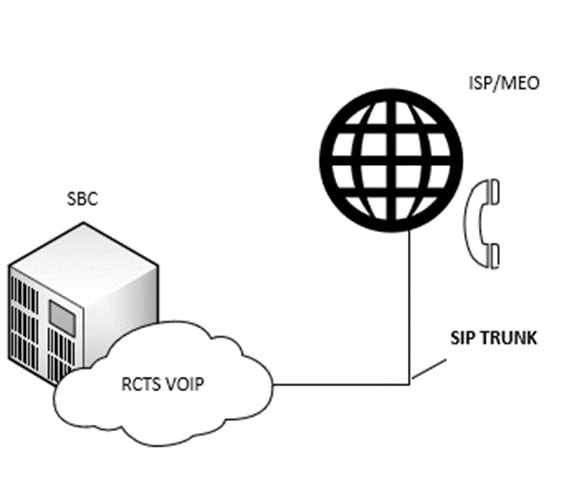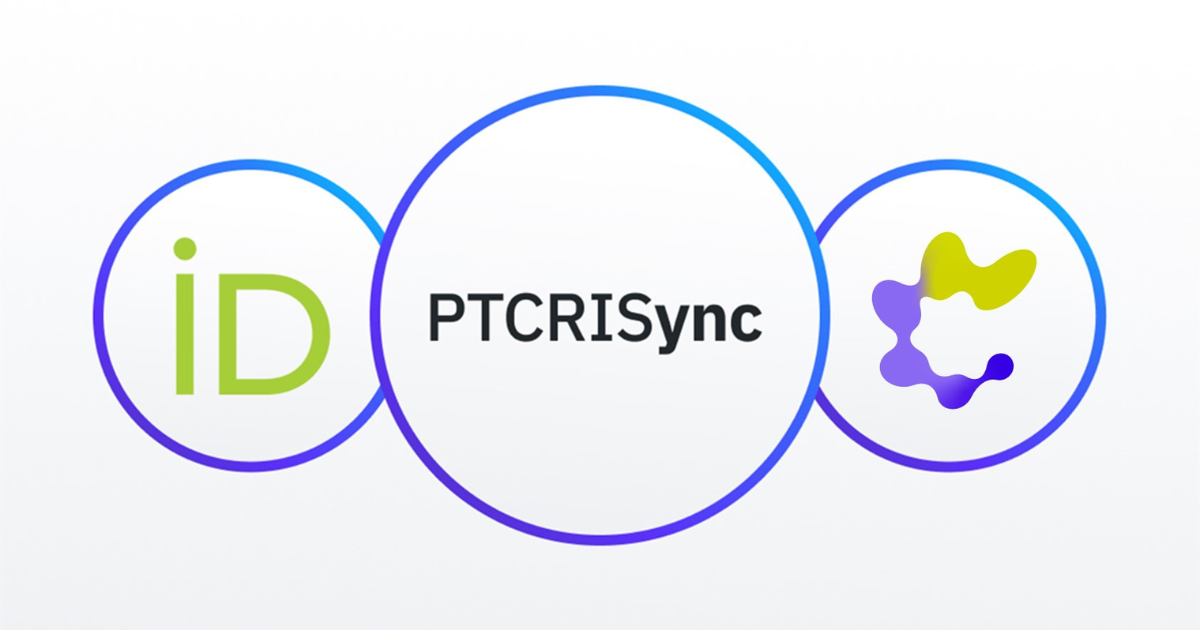

The importance of the Session Initiation Protocol (SIP) has in VoIP. In the RCTS VoIP network , the term SIP Trunk is often used when referring to the interconnection of our VoIP equipment with operators. But what is SIP Trunk?
After SIP was standardized as the communication protocol for VoIP networks, the need arose to create interoperability between companies and operators. This gave rise to a communicationtrunk that allows data to be transferred between different systems/networks using the SIP protocol.

By way of comparison, SIP Trunk in an IP network can be considered equivalent to a dedicated line in a circuit-switched network, where the main objective is to interconnect two different networks to establish a direct communication line. SIP Trunk uses the SIP protocol as its standard method for managing and/or establishing communication sessions, but it can be configured to work with other protocols such as H.323 or, for example, T.38 for fax over IP.
There are advantages to creating a specific channel for this type of communication and the main one is Quality of Service(QoS). Since voice is a priority type of network service, SIP tr unks ensure that traffic is optimized, making it faster and more secure. Flexibility and cost reduction are also advantages of using trunks, given their easy scalability and the lack of need for individual telephone lines.
In short, the use of SIP Trunks in the RCTS VoIP network is intrinsically linked to the evolution of VoIP technology and is one of the main legal objects in the public tenders held every three years with communications operators.











